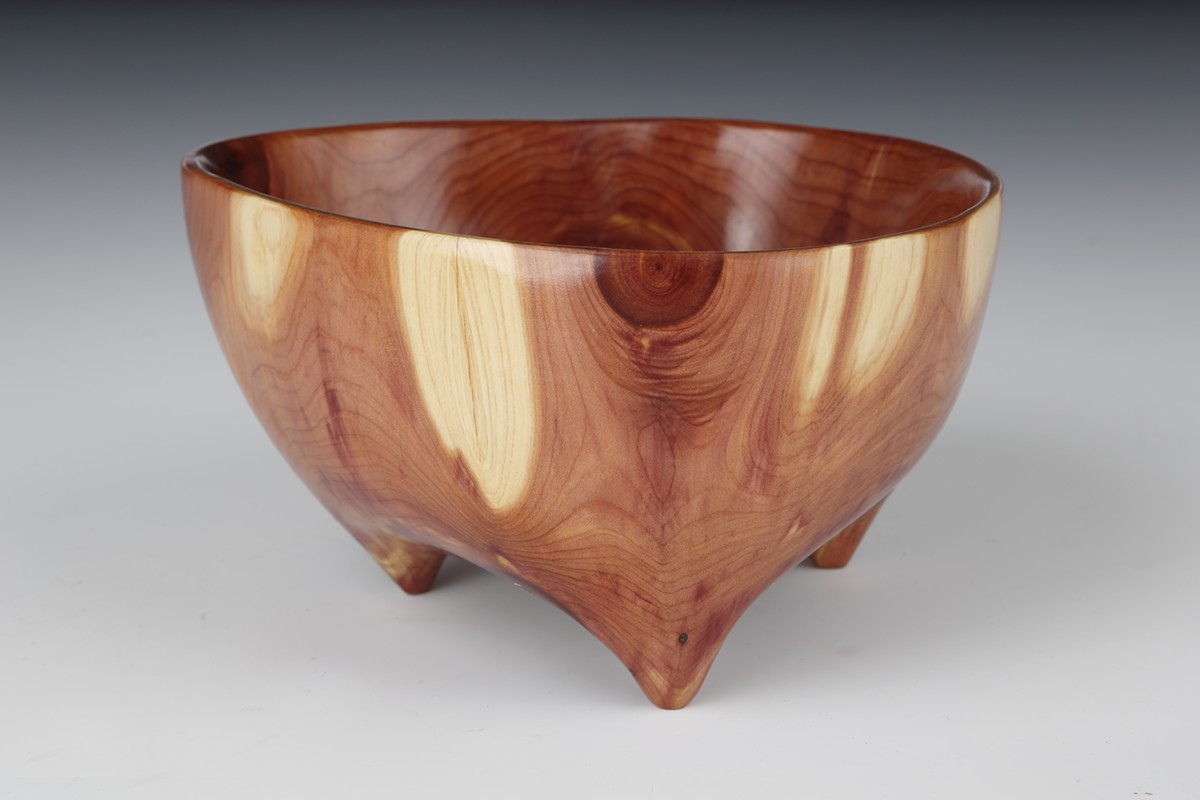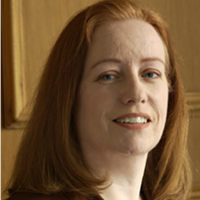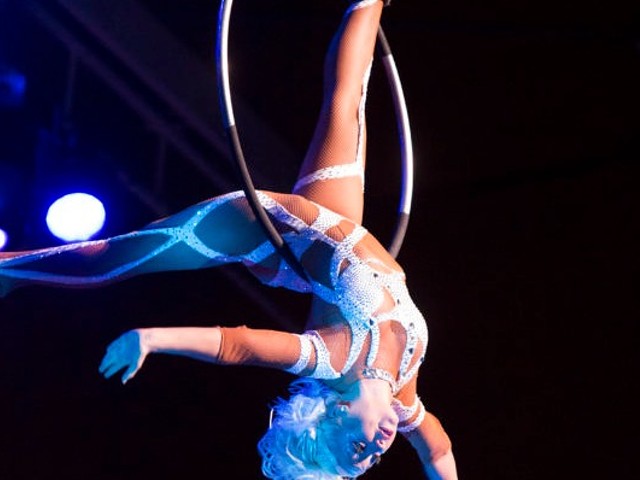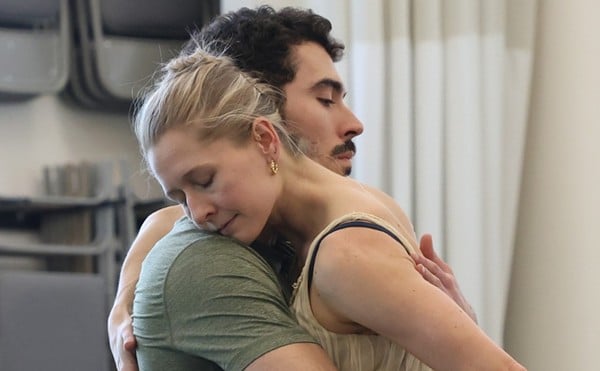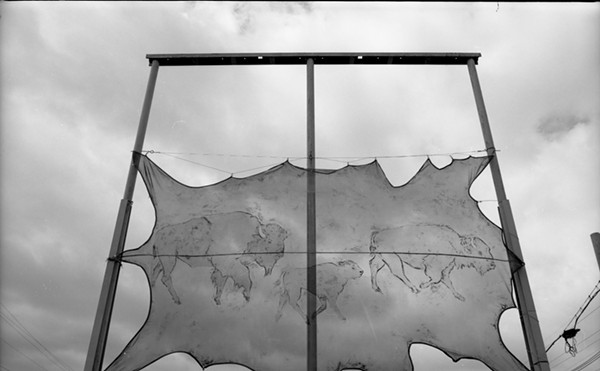Lindsay E. Frost (lindsayefrost.com) has a wonderful relationship with wood. It is her medium, but it is also her muse. “Spirits need to live on in something,” she said. “Why not wood?”
LEO: What type of artist are you? Lindsay E. Frost: I consider myself a wood artist. I make containers from the wood of fallen trees. I also make treenware [small domestic wooden objects], buttons and sometimes freeform objects. I use all types of wood that has already fallen.
When did you begin making art? I would have to say in the sandbox. You shape, pile, dig, build, move the sand around. You add twigs, toys, water, whatever is on hand. You go for a walk with mom and pick up stuff off the ground and put it in your pocket and take it home. Soon you have a collections of things. You dump them onto the floor and start making things. Then along came life, and my art was interrupted. And after a while I interrupted life, and now I am doing what [I] love to do. I still pick up pieces of nature when on a walk. Lots of people do.
Explain your artistic process. That’s a hard one. And so many different forces come into play. But, one thing I have learned, is that you cannot force wood to do what it doesn’t want to do. I go into my basement studio to work, not having anything definite in mind but to work. I look at the woods I have in my basement — size, deformities, what calls to me. I will start by removing wood for the bowl part. There I can see any fungus, void or problem areas. When the bowl part is pretty well done, I will start removing the outside bark. That gives me another view of the wood. So back and forth. Sometimes, when I am removing wood for the bowl part, I will get a mental image of what the wood wants. For example, long legs, short legs, no legs. Then I will draw that image on the bottom of the wood. I use power tools to rapidly remove the unwanted wood. Then I move to burrs, and then to sandpaper and finish with five coats of a food safe finish. This seals any chemicals in the wood. Each container comes with a card that has a number pertaining to the bowl, where the wood came from and something about the bowl itself.
Once, when I wanted to enter a show, I wanted to do a large piece using ash, which is dying in large numbers. I started the piece, but had not really planned it out. Things just were not working. Then, I had a mental image of a large piece of ash I had in the garage. I went out and got it, started work, doing what the wood wanted. Working on that piece of wood put me into a groove, a period of time when time did not matter — another world. Two or three hours later, I returned from wherever I was and was amazed how the spirit of the wood guided my hands.
What are you working on now and what do you plan to do next? I was given several large pieces of wild cherry. I … am still working on it. It is oval, about 16 inches by 12 inches and roughly 5 inches high. The grain is gorgeous, but with many cracks. Right now I am filling the cracks with lichens from trees, then pouring a clear resin into the cracks to seal the lichens and make the bowl stronger. I want to do more large bowls, but also have a need to do some large abstract pieces. I’ve done some small pieces, but I have a driving urge to do larger.
What is something people do not know about you? Many of us plant a tree in memory of someone. I planted a tree in memory of the loss of my first greyhound. If something happened to that tree, I would make something from it. I will do that for anyone.

